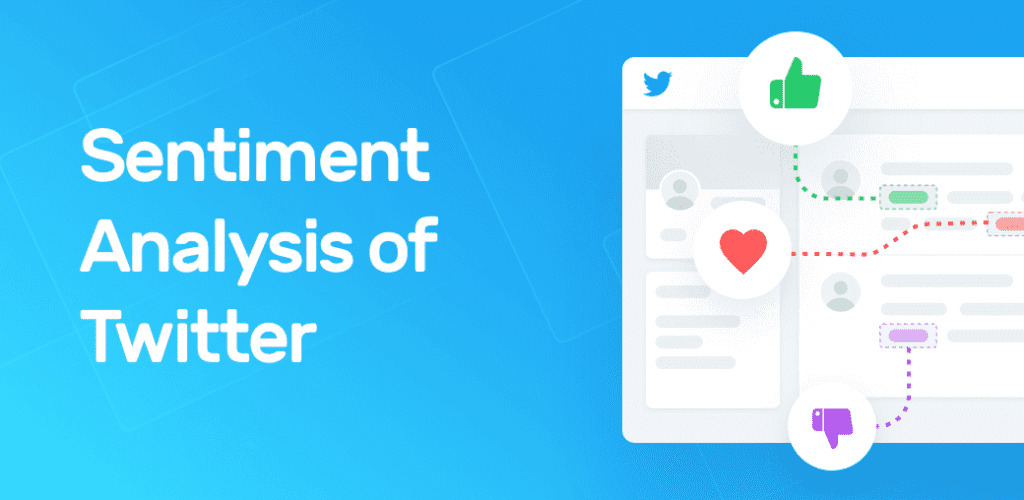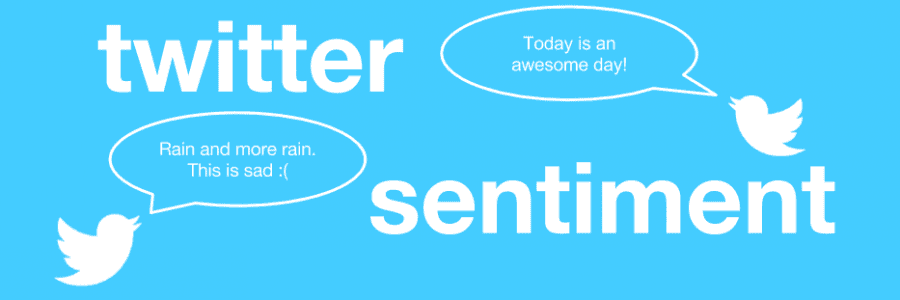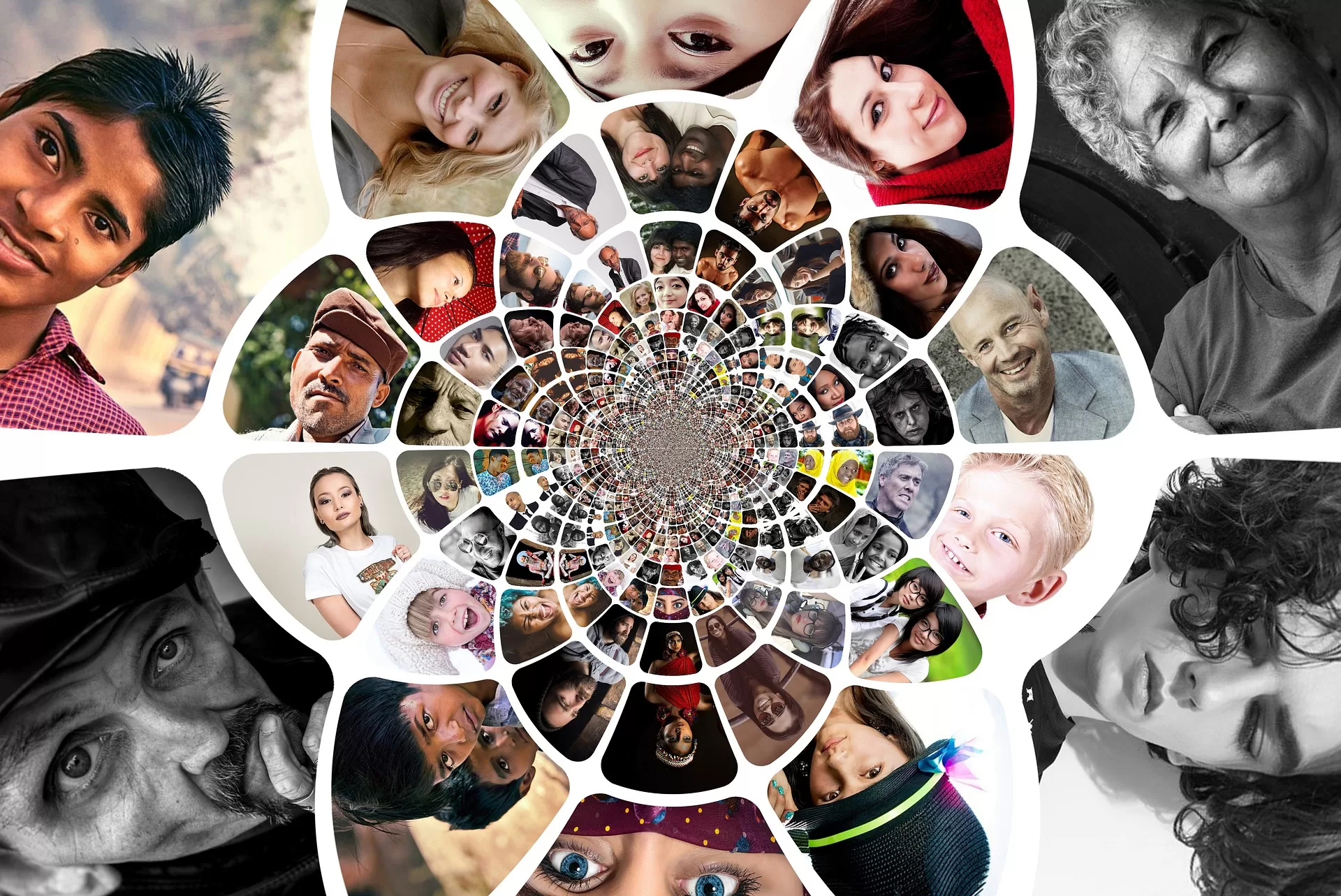
Several hundreds of thousands of raw data files are uploaded by users to social media sites every day. Online user data provides access to a large amount of information about products, services, places and events, which makes it suitable for sentiment analysis. Valuable information can be extracted by analyzing the sentiment of the data.

It is a method for interpreting opinions within a text that uses Natural Language Processing (NLP) to extract positive, negative and natural meanings from user-generated content shared on social media platforms. Sentiment analysis has previously been applied to products or movie reviews to better understand customer interests and, thus, improve results and service offerings.
Types/levels and methods of sentiment analysis
Experts define sentiment analysis with three categories/levels, i.e., sentence level, document level, and feature level. This exercise classifies positive and negative sentiments from a sentence, document or feature.
It has been determined that there are two main methods of sentiment analysis: machine learning techniques and lexical-based techniques. The machine learning approach focuses on extracting and detecting sentiment from data, while the lexicon-based approach counts positive and negative words that appear in the data.
Sites and types of social media/networks based on content sharing
There are many social networking sites for users to share their thoughts, life stories, stories and opinions online. There are four different types of social media sites, based on the types of content users are allowed to share online:
- Content communities (Youtube, Instagram);
- Social networks (Facebook, LinkedIn),
- Blogs (Reddit, Quora);
- Micro-blogging (Twitter, Tumblr).
Microblogging sites are the most common social media sites for sentiment analysis information extraction. These social micro-blogging sites, especially those like Twitter, have been found to be the best for gathering insights from user-generated posts and opinions shared online.
The online ecosystem of social media platforms is becoming more mature with time. Social media platforms are turning into an ocean of valuable information. Each social media content can be different, and it is worth exploring the right social media platform to obtain or extract user information. However, bloggers, WordPress, YouTube, and other social media sources receive much less attention when deriving insights from user opinions shared online.
Twitter – Why it’s the best for sentiment analysis
The most popular social media site for information extraction is Twitter. Most of the newspapers reviewed use Twitter as their social media context. This is due to the availability, accessibility and richness of content on Twitter. Twitter enables users to post and interact with short messages allowing them to express opinions. There are millions of tweets every day on almost any topic. Content or data available for public use makes Twitter popular and the best social network for sentiment analysis.
User-generated content on Twitter can provide valuable information to researchers, business organizations, and government. Twitter conducts real-time analysis and public sentiment closely, as Twitter has around 500 million tweets per day and allows public access to its data via API. Twitter is used to search and collect tweets from 8 different countries from western and eastern countries. There is a Twitter user base all over the world, making it rich with opinions and views from people from other countries, languages and perceptions.
Applying sentiment analysis
Sentiment Analysis Application Context The application of sentiment analysis ranges from business and marketing, politics and health to public action. Sentiment analysis is not limited to one application, but offers a wide application in various fields to aid decision making. Sentiment analysis can be applied to events, activities, sports or disasters around the world.
Here are some important applications of sentiment analysis to consider. Sentiment analysis can:
1- Increasing awareness of data security and the risk of security breaches;
2- acts as a guide for companies to respond to security breaches in shaping public perception;
3- Identify people’s emotional needs during a disaster and prepare an appropriate rescue and response plan
4- Help find a person’s depression level by monitoring and analyzing emotions from the text.
Additionally, sentiment analysis was conducted on the unemployment rate on social media and the employment sentiment score. We can see the application of sentiment analysis in health care and where the study uses sentiment analysis as a proposed service framework and uses spatio-temporal properties to identify the locations of disease outbreaks. Political elections can be predicted with sentiment analysis based on Twitter data. There is a 94% correlation between Twitter data and survey data, indicating that user opinions on the social sharing platform are more reliable than survey data. Therefore Twitter can be an even more reliable survey method than sophisticated methods.
Choosing the right social media for sentiment analysis
Facebook prides itself on being the largest social sharing platform by user numbers. But sentiment analysis through Facebook is not feasible as the data here is too messy to extract. User-generated content on the platform needs to be better structured.

Users often make spelling errors and sentence framing errors when posting content on Facebook, making it difficult to extract data from any context. The case is the same with other important content and social sharing platforms. This puts microblogging/micro-sharing sites in a better place as the best solution for sentiment analysis.
Studies show that 88% of data comes from Twitter. The other source of social media is not preferred because the number of data or opinions that can be elicited is limited, such as Blogspot, YouTube and WordPress.
How social media sentiment analysis affects business
Businesses gain significant advantages from sentiment analysis by identifying how customers perceive their products or services – evaluating the effectiveness and communication ability of social media and business brands and analyzing the flow of businesses and stock prices.
It emerges from a study comparing sentiment data in the tweets of consumers of the Big Six (Britain’s largest and oldest gas and electricity supplier and new energy consumer). The result shows that sentiment from the Big Six is more negative than a new energy consumer. In addition, social media sentiment analysis allows the organization to assess the level of success of a program, as shown in a study where a high positive sentiment was obtained from a tweet about a community development program activity. The result can help improve the overall standard of living of the community.
Conclusion
There are many applications for sentiment analysis, including improving quality and strategy within a business, predicting elections, monitoring disease outbreaks, raising awareness of the importance of data security, improving the perception of a particular sport, and finding and more effective disaster response.
Now that sentiment analysis helps us understand people’s perceptions and make decisions, we understand how important it is. However, the development of a universal sentiment analysis model can be applied to a wide range of data types. Exploring other social networking sites to obtain user opinions and broadening the context of sentiment analysis applications are essential for future recommendations.



